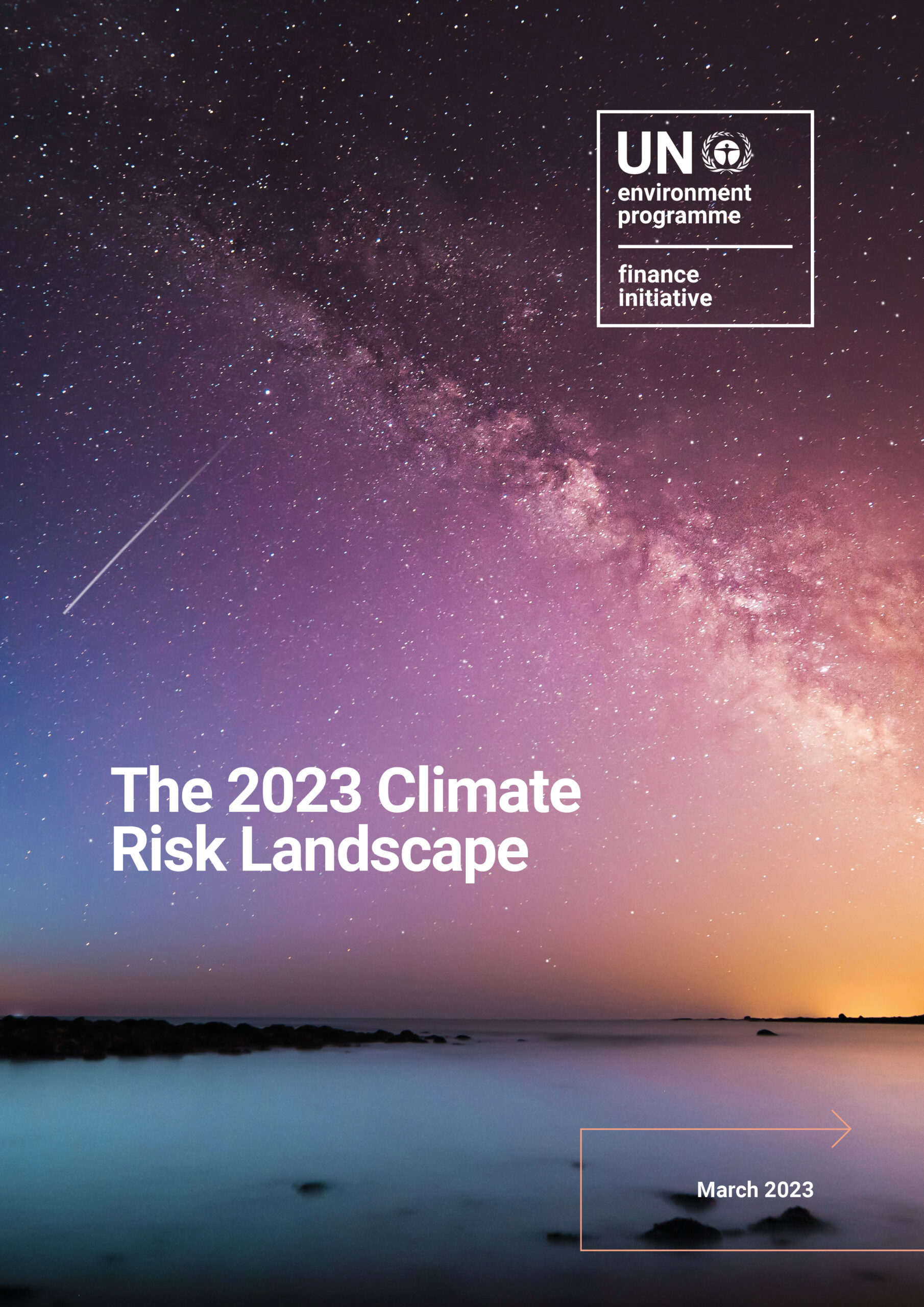New data on the spread and coverage of carbon pricing instruments sheds light on their effectiveness and necessary improvements. The findings further solidify the Net-Zero Asset Owner Alliance (Alliance)’s position—appropriately designed carbon pricing instruments are necessary to achieve net zero emissions by 2050 and limit global warming to below 1.5 ºC.
The latest World Bank data indicates that as of 2023 73 carbon pricing instruments have been implemented or scheduled, covering 23% of world emissions. This a small increase of one percentage point compared to 2022 coverage. Still, evidence on the effectiveness of these instruments suggest that they have contributed to emissions reductions. For example, the European Commission reported that the EU Emissions Trading System (ETS) incentivised a 37.3% drop in emissions since 2005.
Guidance on the needed pricing levels has also been updated. Latest research from the Intergovernmental Panel on Climate Change (IPCC) suggests that carbon prices need to be around USD 80 per tonne for alignment with 1.5ºC pathways.
Looking at both emissions coverage and price levels, the World Bank reported that less than 5% of global GHG emissions were covered by a carbon price that is consistent with reaching Paris Agreement targets.
Thus, the Alliance uses this updated position to reiterate its call to policymakers to follow through on their Paris Agreement commitments and integrate carbon pricing into their climate policies.
Based on its original position, released in 2022, the Alliance outlines five guiding principles for designing effective carbon pricing instruments. The five principals include:
- Ensuring appropriate coverage and ambition
- Delivering a just transition
- Providing a predictable price signal
- Minimising competitive distortions, and
- Promoting international cooperation.
Read the full position to explore the updated examples and case studies for each of the design principles.
About the UN-Convened Net-Zero Asset Owner Alliance
The UN-Convened Net-Zero Asset Owner Alliance (the Alliance) is a member-led initiative of 89 institutional investors, with US$9.5 trillion in assets under management, committed to transitioning their investment portfolios to net-zero GHG emissions by 2050. The Alliance members were the first in the financial industry to set intermediate targets (aligned with the Paris Agreement schedule) and they report on their progress annually. The Alliance is convened by UNEP FI and PRI, and is supported by WWF and Global Optimism.


